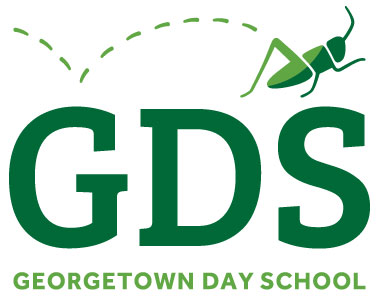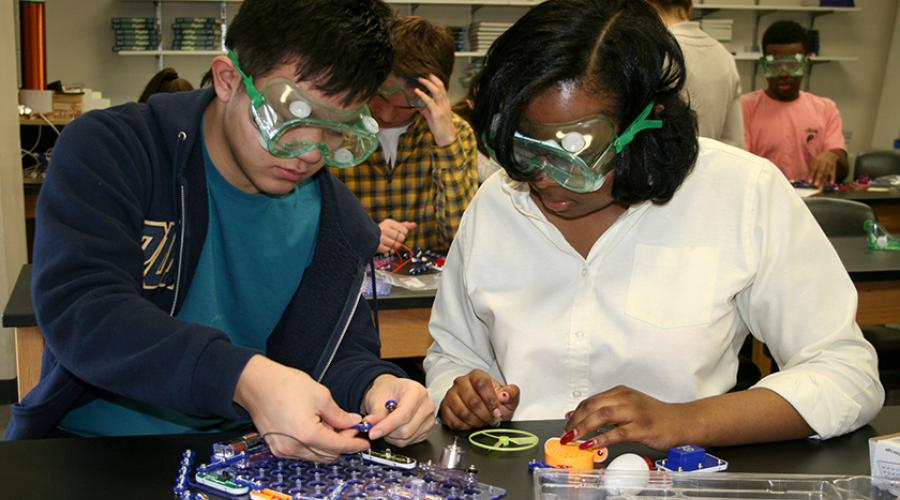Students mixed homemade snot, sucked up a few boogers into droplets, and shot sneezes across a tarp-covered room. They compared the “sneezes” with and without tissues.
This was just one of the sessions almost 600 students and teachers participated in at the sixth annual STEAM Conference at Georgetown Day High School (GDS) in March. The conference, which was funded for the second year by the Society for Science & the Public, through a STEM Action Grant, brings together local D.C. students and teachers to excite them about science, technology, engineering, the arts, and mathematics careers and education. The Society’s STEM Action Grants award innovative organizations doing work that support its mission to inform, educate, and inspire people from all walks of life to pursue scientific endeavors.
Several Society staff members led sessions on how to collect data, different programs at the Society, and its publications. Students and Society staff also participated in networking “speed interviewing” sessions, including Bethany Brookshire, a science education writer at Science News for Students, Emily Conover, a physics writer at Science News, and Chief Program Officer Michele Glidden. Senior Specialist of Outreach Victor Hall, Science News for Students Editor Janet Raloff, and Science News in High Schools Program Manager Anna Rhymes presented information about the Society’s competitions and outreach programs to teachers.
In Bethany’s session, students had fun experimenting with snot. “Instead of having the students replicate the original snot science project (which compared thin and thick snot), I had them use thin snot and compare ‘sneezes’ with and without tissues,” Bethany said. She recently shared a Eureka Lab video and blog series exploring the snotty experiment.
The students tested their hypothesis and described methods they would use. “Then we collected data!” Bethany said. “We started out by coating the entire room in plastic table cloths, but some snot still ended up on the walls and ceiling anyway. I think the students came away with a better idea of how science is really done, and how hard it is to collect good data.”
In the session that Director of Outreach & Equity Caitlin Sullivan ran, students were told that they had been selected for a reality T.V. show where they were placed in a house without any electrical wiring. “They built models of each room using snap circuits based upon the specific needs for that room,” she said. “For example, the front porch light could always stay on, but a bathroom needed a fan and light that could turn on and off separately by adding two switches and using a parallel circuit.”
One challenging room was a hallway that required two switches at each end, both able to turn the lights off and on.
“The conference brings students together in a way where they’re not only able to appreciate STEM but also collaborate and learn how to work together,” Anna said. “They’re all team activities and team challenges. It’s really a collaboration challenge.”
This post originally appear on the Society for Science & the Public blog.


